As a growing number of oil and gas platforms and facilities are coming to the end of their lives and are no longer productive, operators around the world are putting plans in place to safely decommission their assets. With the estimated (P50) decommissioning cost in the UK sitting at £51 billion in 2020, operators have a growing interest in the benefits of technology in this area and its contribution to lower the overall UKCS P&A cost estimate.
In our latest blog post, we discuss the cutting technology Xclude, and how it can contribute towards cutting the cost of decommissioning.
Understanding well plug and abandonment
The key to successful well abandonment is placing adequate barriers that will secure the well long after the abandonment is complete, reducing corporate liability and any potential environmental impact.
Abandoning wells at the end of their economic lifetime by plugging them with cement is a well-established approach, however, there remains a concern that unplanned discharges of hydrocarbons to the environment may occur. This can happen for a number of reasons, such as cracks or channels in cement or poor cement bonds which can allow the flow of hydrocarbons from the reservoir to the surface.
Whilst it is important that the plug within the well is capable of creating a barrier to flow, it is also equally as important that there is good annular cement within the well to achieve a rock-to-rock barrier across the full wellbore. In some cases this annular cement may not be present or adequate, meaning that the existing casing and annular cement will need to be drilled out and a barrier placed across this window. Although this approach is very successful it requires the use of a drilling rig which is extremely expensive.
It has been estimated that the cost of such well abandonment techniques will account for 40 percent of all UKCS Decommissioning costs, at approximately £5million per well – the single biggest decommissioning cost that the North Sea faces.
As a result, a means of rigless well abandonment has the potential to decimate costs, reduce liabilities and therefore extend ageing fields for longer economic potential.
At Aubin, we regularly work with third parties to investigate challenges and produce new, more effective solutions. Working with Heriot Watt University, OGIC and NZTC, the team has created Xclude, a new technology which is currently undergoing field trials.
Introducing new technologies
Xclude is a reservoir barrier that can significantly reduce the cost of existing plugging operations by safely isolating the well from fluids in the reservoir.
The technology harnesses scale formation, which is a process that operators have been fighting against for years. In such cases, inorganic substances may reduce reservoir permeability, cause wellbore damage or blockage of the production tubing, ultimately reducing the production from the well.
Following a similar approach, Xclude uses non-hazardous, environmentally friendly chemicals to deliberately create a scale within the reservoir which then provides a barrier to prevent the flow of hydrocarbons and any other formation fluids into the well.
Rigless well plug and abandonment
One of the biggest benefits of using this technology is that it can be deployed using simple pumping spreads, even through restricted casing. This approach is ideal for clients who are facing logistical challenges and finding it difficult to position a rig onto the well, or when there are fish in the well, as Xclude can bypass the restriction and reach the desired depth.
Xclude could also be used as the first step in a series of risk-reducing steps during decommissioning. Being confined to the reservoir, the production tubing remains clear and could be accessible for further abandonment technologies for a “belt and braces” type approach.
Because Xclude creates a barrier in the formation at the producing interval, rather than in the wellbore across a cap rock, there is no requirement for good annular cement, removing the requirement for section milling when placing a primary reservoir barrier.
Zonal isolation
Traditionally, if a discrete zone is producing at a high water cut, mechanical equipment such as straddles and plugs are used to shut off the zones. Whilst these are often effective in the short term, they can lead to challenges.
Firstly, by placing these items in the well, a restriction is created which will prevent or limit access to the well below. In some wells this may be an issue, particularly where hydrocarbon bearing zones exist below the shut off zone.
Over time it is common for water coning to occur which will eventually lead to water bypassing the wellbore plug as it enters higher zones. To control this effect, production rates must generally be reduced.
Alternatively, chemical methods such as polymer gels and resins may be applied to create a shallow skin across the zone, again shutting it off. Whilst these methods may not cause the same restriction issues as mechanical methods, water coning will eventually become an issue.
In response to these challenges, the team at Aubin adapted our scaling technology to create Xmax, a solution that can be used for water shut off. With regards to risks, the scale itself precipitates to form individual crystals, rather than large blocks of scale, and so risks of the material curing and blocking the wellbore tubulars are reduced. Overall, Xmax offers a novel method of zonal isolation which provides potentially longer lasting effects than current methods, saving businesses time and money in the long term.
Although these are the most common ways to reduce decommissioning costs, the process and technology is continually changing. We regularly work with customers and third parties to establish new and innovative ways to implement our tried and tested solutions.


